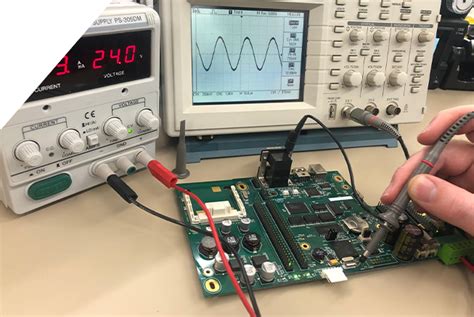
Blog
-
Functional Testing In PCB Manufacturing
Posted by
–
 Read more: Functional Testing In PCB Manufacturing
Read more: Functional Testing In PCB ManufacturingIntroduction to PCB Testing Printed Circuit Boards (PCBs) are the backbone of modern electronics. They are used in virtually every electronic device, from smartphones and laptops to medical equipment and aerospace systems. As such, ensuring the quality and reliability of PCBs is critical to the success of any electronic product. […]
-
What is Flying Probe Testing?
Posted by
–
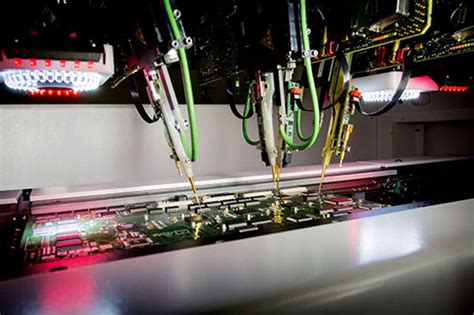 Read more: What is Flying Probe Testing?
Read more: What is Flying Probe Testing?How Flying Probe Testing Works Flying probe testers utilize multiple moving test probes to make contact with test points on a PCB. The probes are mounted on high-precision, computer-controlled robotic arms that can quickly move to different locations on the board. Here’s a step-by-step overview of the flying probe testing […]
-
What does a flying probe tester do?
Posted by
–
 Read more: What does a flying probe tester do?
Read more: What does a flying probe tester do?Introduction to Flying Probe Testing A Flying probe tester is an advanced printed circuit board (PCB) testing machine that utilizes movable test probes to perform electrical tests on bare or assembled PCBs. Unlike traditional bed-of-nails (or fixtureless) testers, which require custom-built test fixtures for each unique PCB design, flying probe […]
-
What is PCB Grid Testing / Bed of Nails Testing?
Posted by
–
 Read more: What is PCB Grid Testing / Bed of Nails Testing?
Read more: What is PCB Grid Testing / Bed of Nails Testing?How Does PCB Grid Testing Work? PCB grid testing involves using a specialized fixture called a “bed of nails” which contains an array of spring-loaded pins or “nails” that make contact with specific test points on the PCB. The test points correspond to various components, traces, and vias on the […]
-
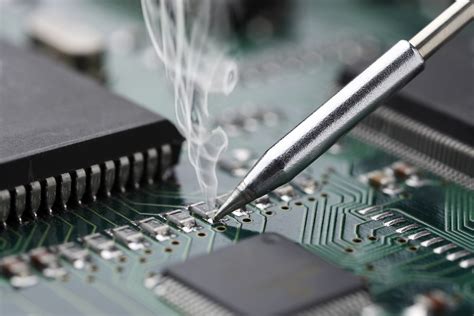 Read more: PCB Assembly Service Providers with Flying Probe Testing
Read more: PCB Assembly Service Providers with Flying Probe TestingIntroduction to PCB Assembly and Flying Probe Testing Printed Circuit Board (PCB) assembly is a crucial process in the electronics manufacturing industry. It involves the placement and soldering of electronic components onto a PCB to create a functional electronic device. PCB assembly service providers play a vital role in ensuring […]
-
What is Image Transfer in PCB Manufacturing?
Posted by
–
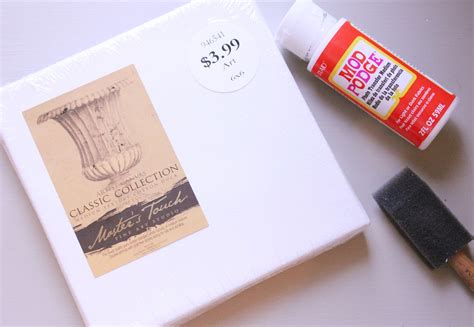 Read more: What is Image Transfer in PCB Manufacturing?
Read more: What is Image Transfer in PCB Manufacturing?Introduction to Image Transfer in PCB Manufacturing Image transfer is a critical process in the manufacturing of printed circuit boards (PCBs). It involves transferring the designed circuit pattern onto the copper-clad laminate, which serves as the foundation for the PCB. The accuracy and precision of the image transfer process directly […]
-
Laser Exposure Machine Makes PCB More Efficient
Posted by
–
 Read more: Laser Exposure Machine Makes PCB More Efficient
Read more: Laser Exposure Machine Makes PCB More EfficientIntroduction to Laser PCB Technology Printed Circuit Boards (PCBs) are essential components in modern electronic devices. They provide a platform for mounting and connecting electronic components, enabling the creation of complex circuits. Traditional PCB manufacturing processes involve multiple steps, including etching, drilling, and plating, which can be time-consuming and costly. […]
-
Phototools for PCB image transfer
Posted by
–
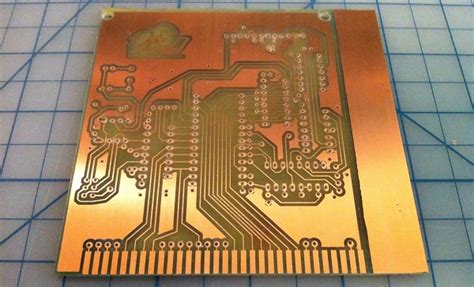 Read more: Phototools for PCB image transfer
Read more: Phototools for PCB image transferIntroduction to Phototools in PCB Manufacturing Phototools, also known as photomasks or artwork films, are essential components in the printed circuit board (PCB) manufacturing process. They are used to transfer the desired circuit pattern onto the Copper-Clad Laminate board through a photolithographic process. Phototools play a crucial role in ensuring […]
-
OV2640 – The Ultimate Guide on the Image Sensor
Posted by
–
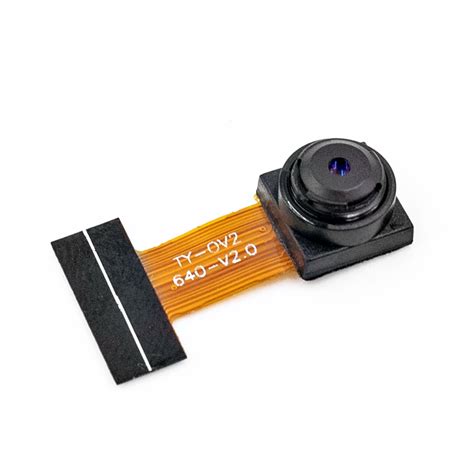 Read more: OV2640 – The Ultimate Guide on the Image Sensor
Read more: OV2640 – The Ultimate Guide on the Image SensorIntroduction to OV2640 The OV2640 is a popular image sensor widely used in various applications, including webcams, security cameras, and embedded systems. Developed by OmniVision Technologies, this low-cost, high-performance sensor offers a compact package and flexible connectivity options, making it an attractive choice for developers and hobbyists alike. In this […]
-
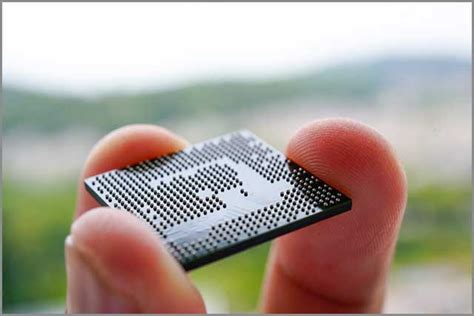 Read more: 9 Ways to Get BGA soldering on PCB in SMT Assembly
Read more: 9 Ways to Get BGA soldering on PCB in SMT AssemblyIntroduction to BGA Soldering Ball Grid Array (BGA) soldering is a critical process in Surface Mount Technology (SMT) assembly, which involves attaching a BGA component to a Printed Circuit Board (PCB). BGA packages have become increasingly popular due to their high density of interconnects and small footprint, enabling the miniaturization […]




